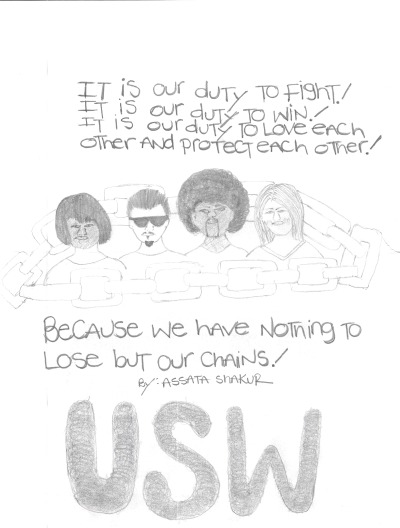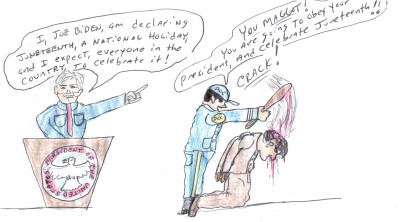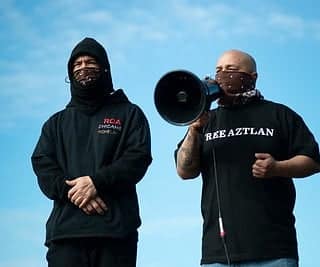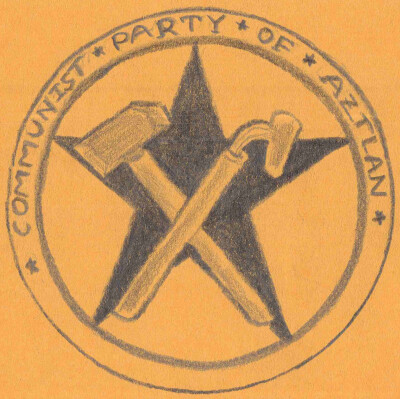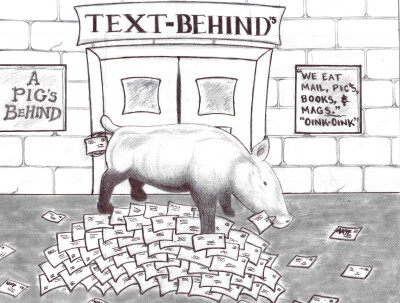
Petition to shut down Non Air Conditioned Units
Revolutionary greetings and Happy New Years to everyone listening to this recording at the Virginia Prison Justice Rally on the 14th day of January, 2023. I am a 46-year-old New Afrikan that has been in prison here in the belly of the beast in Virginia for 27 consecutive years. I am a core organizer along with my comrade to organize Virginia’s Nottoway, Buckingham and Augusta Correctional Facilities due to extreme heat conditions being worsened by climate change. Last checked the petition was at 516 signatures. We need more.
If you are listening to this speech it is now January so the temperatures in non air conditioned facilities is now bearable because we can always add layers of clothes to cope with the chilly weather. During the hot summer months however it is a very different story. A different reality. Because each of these non-air conditioned prisons become so unbearable, it is torturous and is expected to get worse due to global warming. I am currently incarcerated at Dillwyn Correctional Center which has A/C. Or better known as temperature control, but when I was held at Buckingham Correctional Center during the past summer, I experienced firsthand how the record heat waves that have swept the country, have caused the heat and humidity inside the facilities to become so intense that it felt like we were literally being baked in there. Because the heat exacerbates medical conditions and can cause a heat stroke in medically vulnerable prisoners I witness how this crisis had more of a detrimental impact on elderly and medically vulnerable prisoners.
Many are diabetic, have high blood pressure, have heart disease, and are still suffering from the side effects of long Covid, like so many of you out in the free world. The so called free world. Many of us experience labored breathing, we are sweating profusely. Some of us are experiencing blurred vision, increased heart rate, and are having difficulties falling asleep at night we means many are sleep deprived. Many of the administrative mitigation of these effects of extreme heat didn’t work. The bags of extra ice when we did receive it did not work. The small fans sold in the commissary did not work because many people can’t afford them. The extra fans placed in the pod did not work, but did succeed in blowing the hot air around from one place to the other. These ineffective mitigation practices didn’t work because these places by design are virtual death traps. They are overcrowded, have poor sanitation, poor ventilation and poor medical care. Poor meals we are fed and the tap water we are forced to drink are making us sick.
The dominant culture in these prisons is marked by complacency, passivity and fear. Fear of retaliating and fear of being labeled a snitch by prison guards and fellow prisoners for filing grievances and speaking out. So it is not unusual for the bulk prison populations to not sign these petitions no matter how extreme or how deeply inhumane the conditions are. The U.$. supreme court ruled all the way back in 1987 in the case of Turner v Safley that “prison walls do not separate prisoners from the protections of the Constitution.” So despite this dominant culture, the VDOC is prohibited by the Supreme Court from subjecting incarcerated people to conditions that amount to cruel and unusual punishment.
The Virginia DOC has a history of minimizing the issue of extreme heat inside these prisons, and has led me to believe it is necessary to organize an online petition to raise awareness about this statewide issue among the people, and to build a statewide abolitionist movement to shut these prisons down.
A comrade of mine will be handing out fliers with the QR code that will take you directly to the online petition which you can share and leave a comment. You will also have a QR code that will take you to a second draft of a proposal for a statewide campaign to shutdown non air conditioned prisons. Because the history of the criminal, torturous and exploitative nature of the prisons and the jails, it is going to take a statewide movement of the people and the communities most affected by mass incarceration to force the DOC to shut these modern day slave camps down. We can pressure them to start releasing elderly and medically vulnerable and other incarcerated people for 30 or 40 years for crimes committed in our youth. There will be mass casualties behind these walls and that is because in these last summers deadly heat waves caused by climate change have been becoming more frequent, intense, and as the climate is changing, these non-air conditioned prisons will keep getting hotter and hotter until the inevitable happens.
Thank you for taking the time to listen and if you want to keep up with my reading, prison conditions or political commentary in general, please visit my website at consciousprisoner.wordpress.com. My Twitter page is @justiceforuhuru. My instagram is @justiceforuhururowe
All power to the people till we see freedom








